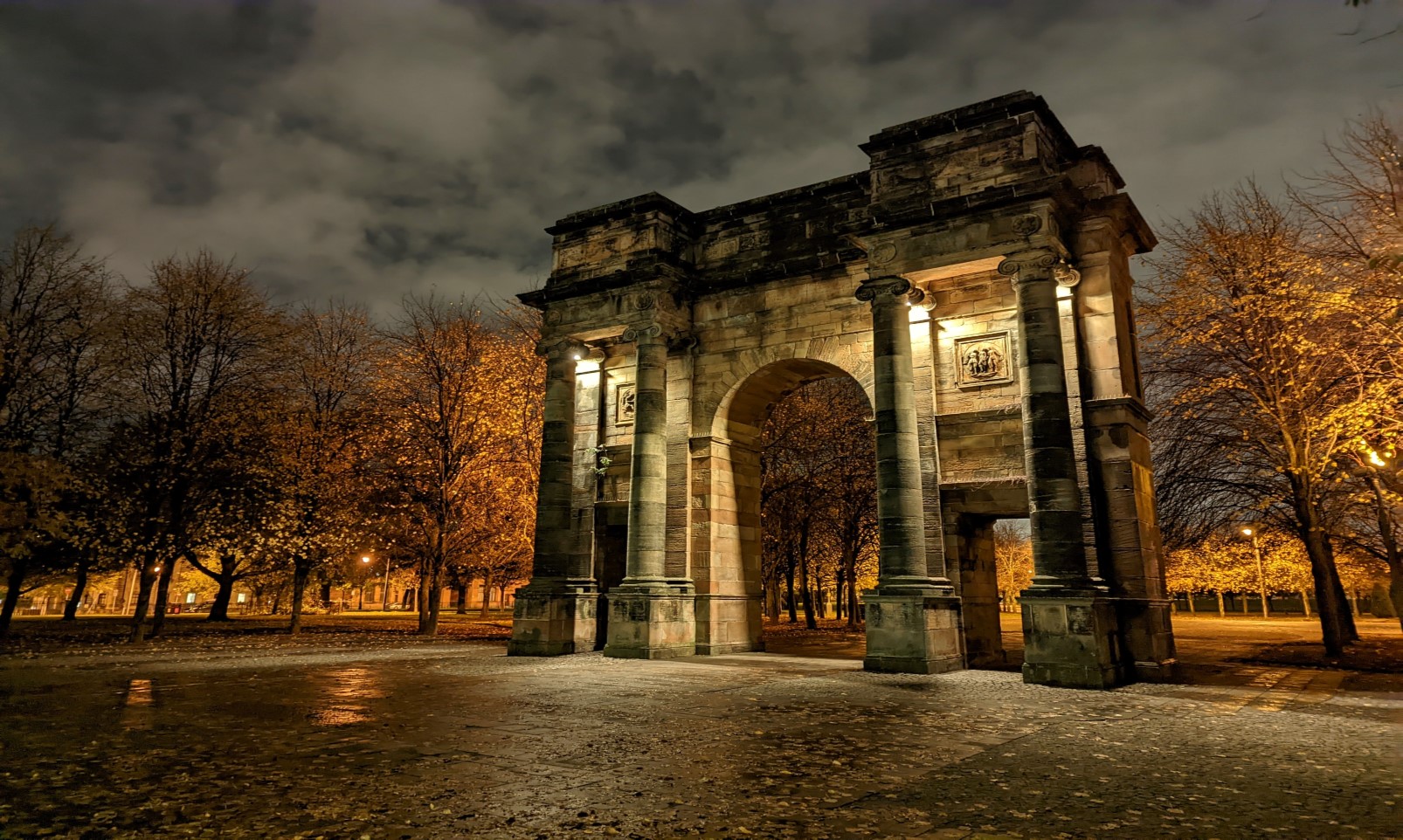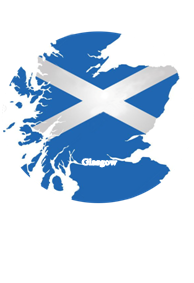Following the election of Len Paget, GM0ONX as a Board Director at the recent AGM, the RSGB Board has asked the General Manager, Steve Thomas, M1ACB to take on the additional role of Company Secretary. The Board would like to record its thanks to Len for the time he has given as Company Secretary over […]
Since the change of regulations applying to special event stations in the UK, many activations are now able to go ahead. UK amateurs would like to thank Ofcom for their help in making this happen. The 28 June is the centenary of the Royal Corps of Signals. The Royal Signals Museum has a permanent special […]
Please remember to check before the events for new rules due to lockdown and social distancing, which may differ around the world. RSGB strongly advises obeying your own government’s advice first and foremost. The 50MHz Trophy contest ends its 24 hour run at 1400UTC this Sunday, the 21st. Using all modes, the exchange is signal […]
We had another week dominated by sporadic E HF contacts. Ten metres has been open daily to Europe and often until very late at night. There have been reports of USA and Japanese FT8 contacts from the UK during the day, continuing almost to midnight. By Thursday signal levels appeared to be dropping off at […]
We start with news that members of Worksop Amateur Radio Society will be operating G3RCW/P as a club training exercise. Martin, M0ZMF will be in Clarbrough, IO93NI; Donna, M7DON from Highoredish IO93GD; and Mark, 2E0FKB will be on the air from Carr Hill, IO93JJ. Activity will be on 2m FM, starting around 10.30am. Preference will […]
News for the Isle of Man first. On the island, lockdown and the need for social distancing have been lifted. The Isle of Man Amateur Radio Society has announced that shack nights will commence from Wednesday, 24 July at 7pm in Ballasalla. All are welcome to catch up on everything that has been going on. […]
West Tyrone Amateur Radio Club says meetings will resume when it is safe. Social isolation does not mean you have to be lonely: we are at an advantage as our knowledge and skills allow us to communicate. More importantly, stay safe, follow all the guidance from official sources, but don’t forget those who are alone […]
We start with a reminder from Newbury and District Amateur Radio Society that the 2020 Newbury Radio Rally has been cancelled due to the COVID-19 pandemic. Bedford and District Amateur Radio Club runs a daily net from 2pm around 3.748MHz. Saturday, Sunday and Thursday see a DX net from 2.30pm around 14.329MHz. Monday to Saturday […]
Isle of Avalon Amateur Radio Club has a net every evening from 9pm on 145.475MHz FM. Details from Matt, M3MMZ, on 0736 848 7996. Torbay Amateur Radio Society has nets on Sundays on 14.270MHz at 9.30am, and on 145.575MHz from 12 noon. Monday’s nets are 3.663MHz from 10.30am, 1.982MHz from 8pm and 50.155MHz from 8.30pm. […]
The RSGB/NHS ‘Get on the air to care’ campaign was the focus of a recent webinar for healthcare professionals. RSGB General Manager, Steve Thomas and Paul Devlin, NHS England Emergency Care Improvement Support Team and also RSGB District Representative, were interviewed by Roy Lilley, Director of the Academy of Fabulous Stuff and the Institute of […]

